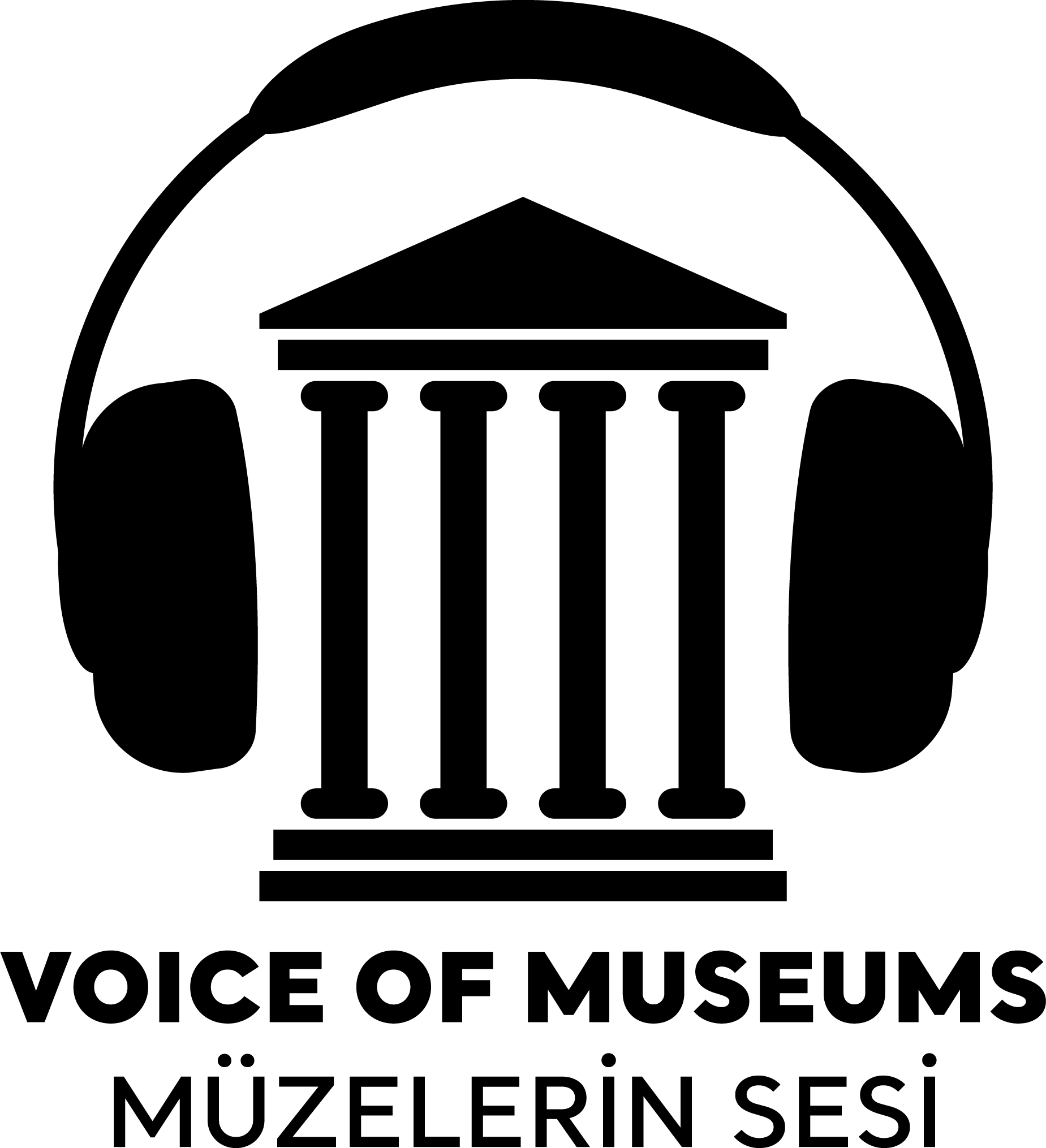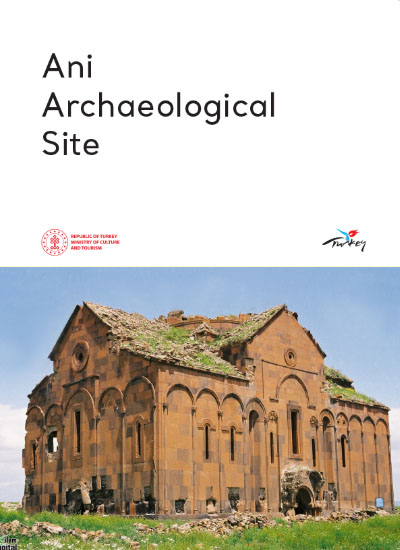Ani is a medieval city located 44 kilometres east of Kars, adjacent to the village of Ocaklı. It overlooks the Arpaçay and Alacasu valleys and is known for its rich history and diverse cultural influences. Ani is believed to date back to 5000 BC and was an important trade centre, serving as the first stopover location of the Silk Road in Anatolia. In 2016, the UNESCO World Heritage List included the archaeological site of Ani, located on the Turkish-Armenian border. Medieval City Guarding the Border The Arpaçay River, which forms the border between Turkey and Armenia, also borders Ani from the east. Ani is built on a 78-hectare area of volcanic tuff, with the inner fortress being the highest part of the city where the Urartians first settled. The walls, which are 4,500 metres long and 8 metres high, are reinforced with numerous bastions featuring quadrangular and circular plans. The Middle (Lion) Gate is the most magnificent gate of the city, featuring a roaring lion relief and an inscription placed by Manuchehr. Within the city walls of the ancient city of Ani, there are 21 well-preserved buildings, including mosques, churches, baths, palaces, caravanserais, and bridges. Bringing Different Religions Together The ruins of Ani contain several notable buildings, including a mosque with three naves built in 1072 by Abul Süca Manuçehr of the Shaddadids. The ceiling of the mosque is adorned with rich Seljuk motifs. Another important building is the Church of St. Prkicth of Gagik, also known as the Keçeli Church, which was severely damaged by a lightning strike and lost half of its structure. The Great Cathedral (Fethiye Mosque) is the best-preserved building in the ruins. The cathedral's foundations were laid by Bagratian King Sembat II in 990 A.D. and completed in 1001 by his wife, Queen Katranide, after his death. The architect of the building was Tiridat Usta, who also repaired the Hagia Sophia Church in Istanbul in the same century. The cathedral is constructed of red tuff stone and sits on a stepped floor. The central area of the cross-planned building is enclosed by sturdy columns that support arches. After the conquest of Ani by Sultan Alparslan in 1064, the building was converted into a mosque and the first conquest prayers were held. As a result, it is also known as the 'Fethiye Mosque'. Other notable buildings in Ani include the Abughamrents (Poladoğlu) Church, Tigran Honents Church, Young Girls Church, Nuns Monastery and Rock Church. The Temple of Ateshgede is significant because it was built during the Sassanid rule of the region.
ANİ ARCHAEOLOGICAL SITE



